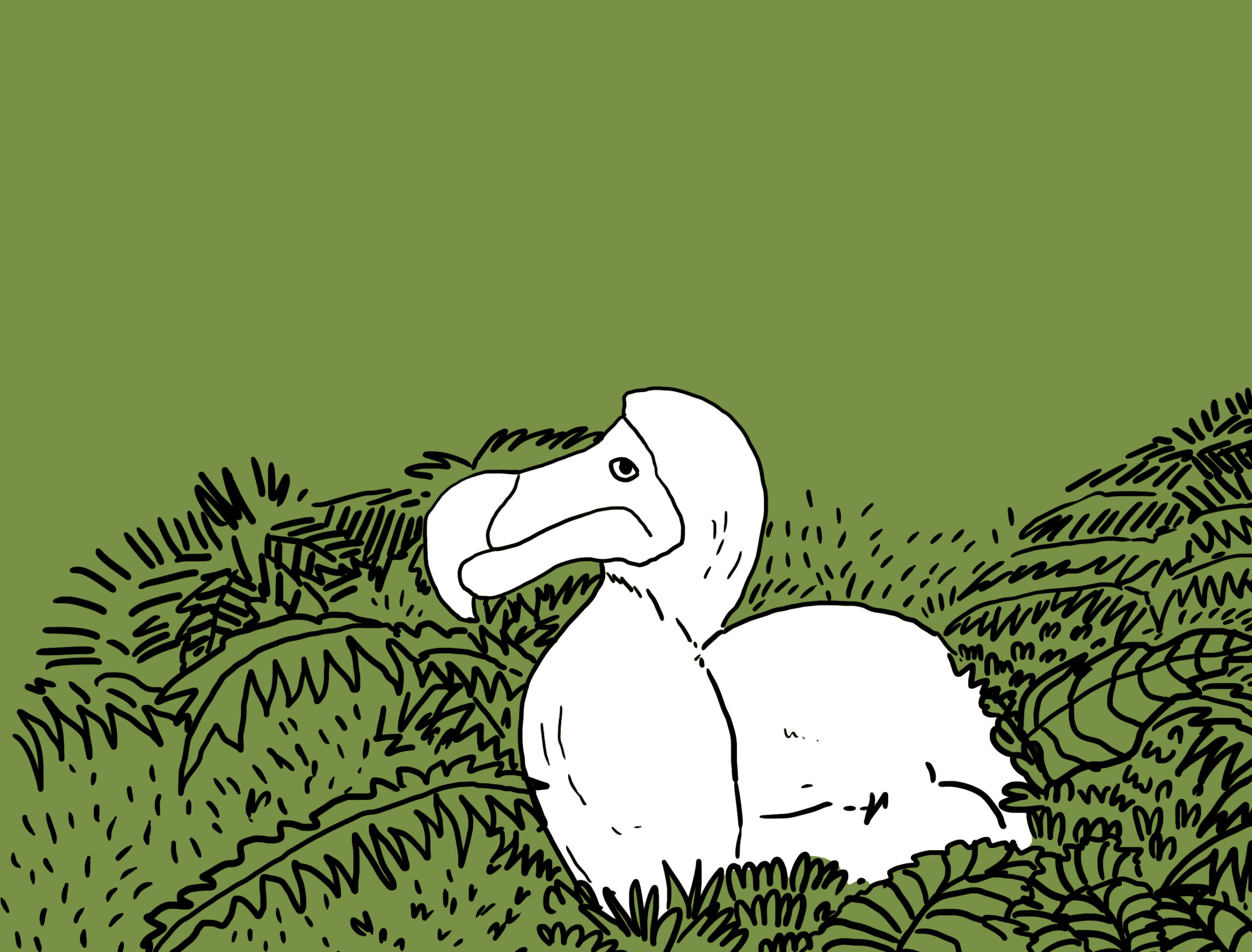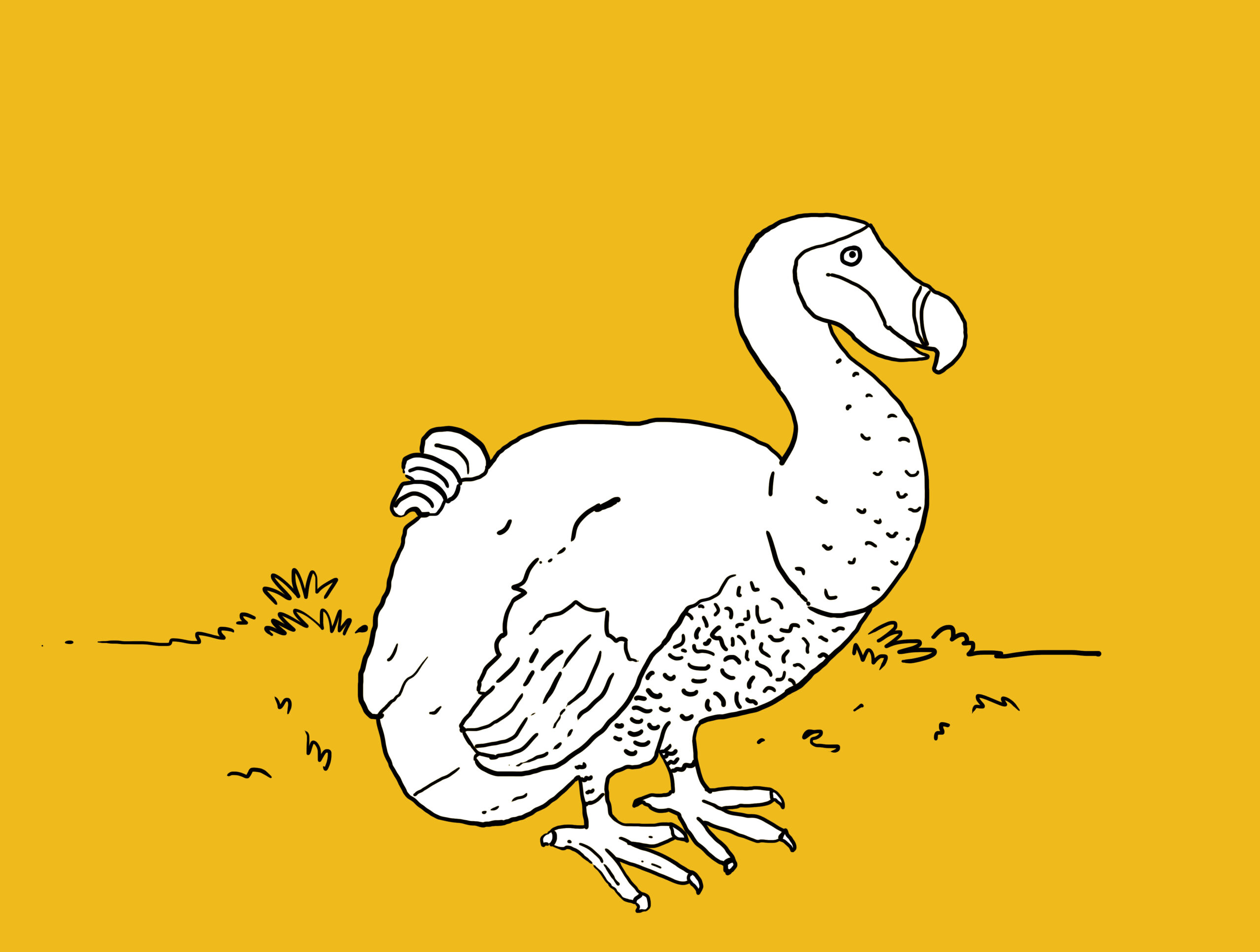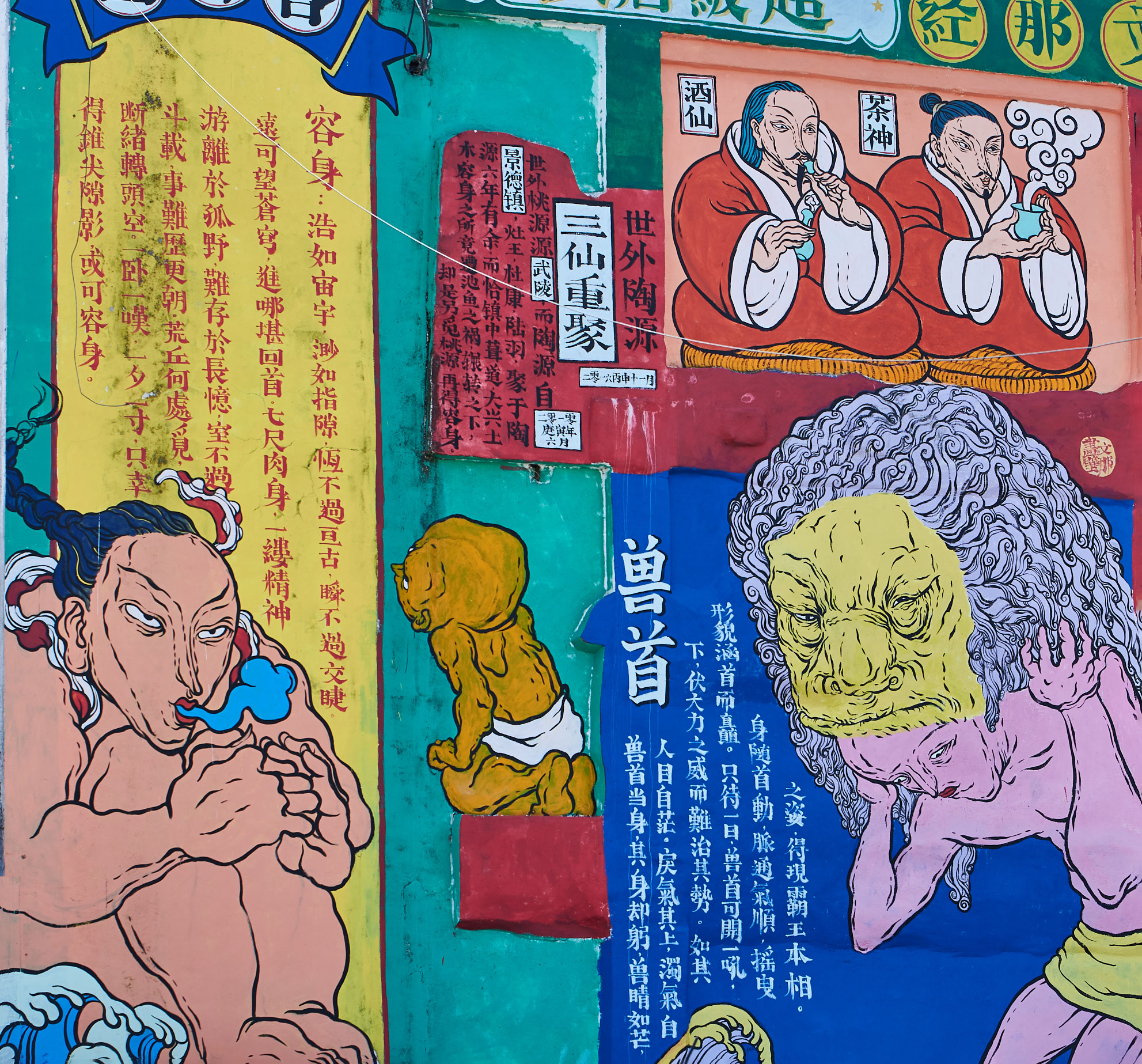Imagine a bird so unique that its very name sparked fascination worldwide. This bird truly existed and was known as the “Dodo.” Explore the captivating and tragic story of this extinct creature.
The Dodo, A Peculiar Bird
Contrary to a common belief suggesting the Dodo was endemic to Réunion Island, it was actually native to Mauritius. The confusion likely stems from Réunion widely using the Dodo symbol, especially on its famous “Dodo” beer and in souvenir shops. But make no mistake, the Dodo was Mauritian through and through!
Unveiling the Mysteries of the Dodo and Its Evolution
Prepare to be surprised by the Dodo’s evolution. Appearing in Mauritius around 4 million years ago, this national treasure originally descended from the pigeon. Isolated on Mauritius, the Dodo evolved into the large, flightless bird known in the 16th century. Weighing about 23kg and standing 1m tall, it had an impressive hooked beak, short legs, and small wings. Interestingly, it could live up to 30 years. Given its size, its small wings did not permit flight, and without predators on the island, there was little need to fly.
Mauritius: A Paradise for the Dodo
Even today, the island’s climate is ideal for fruit growth. By feeding on these fruits, the Dodo played a crucial role in seed dispersion and tree proliferation. Yes, by ingesting and then dispersing seeds in its droppings, it helped grow trees! Without predators, the Dodo species thrived until humans set foot on the previously uninhabited Mauritius…
The Tragic End of an Easy Prey

Credits: Evan Sohun
Too heavy to fly and too large to run, the dodo could not survive the arrival of humans on its territory. Clumsy, fearless, and perceived as somewhat simple-minded, it was easy for humans to catch.
Two main reasons explain its rapid extinction. First, the introduction of exotic and harmful species by Portuguese and Dutch colonists’ ships, such as rats, dogs, and monkeys, which quickly began raiding dodo nests on the ground. Second, colonists also hunted the dodo for food, although its flesh was not highly prized due to its toughness and peculiar taste.
In less than 100 years, the Dodo completely vanished. During this time, many forests were also decimated, particularly for ebony wood trade, disrupting an entire ecosystem due solely to human fault.
An Icon for Species Preservation
The extinction of the Dodo had repercussions on all of Mauritian flora. With the Dodo’s disappearance, certain plants and fruit trees lost their primary dispersal agent.
Today, the Dodo is one of the most prominent symbols of animal extinction and an icon for species preservation. Its disappearance showcases the adverse impact humans can have on biodiversity.
The Dodo in Culture
Hold on, did you know this mythical bird might make a comeback? Nearly 400 years after its disappearance, American researchers are on a mission to resurrect the Mauritian Dodo. Their plan involves using a piece of Dodo DNA and attaching it to that of a closely related current species, the Nicobar pigeon. Can humans ethically rectify past mistakes? Time will tell.
Meanwhile, the Dodo remains prominent in local popular culture and conservation efforts on the island.
Where to Find It?
If you’re visiting Mauritius, you can find Dodo bones and a reconstruction of this extinct animal at the Natural History Museum in Port-Louis.
For others, since March 23, 2024, it’s been possible to admire two very realistic reconstructions at the Natural History Museum in Paris.
Regardless, the Dodo reminds us of the importance of protecting our planet and the species that contribute to our ecosystem’s balance. Its story highlights the ecosystem’s fragility and the vital link connecting each species to another.
With its slightly comical appearance and tragic fate, this curious bird continues to fascinate, ignite our imaginations, and entertain us. And let’s be honest, who doesn’t crack a smile at the sight of a Dodo on a book or T-shirt? The Dodo may have disappeared, but its legacy is far from forgotten.













Comments